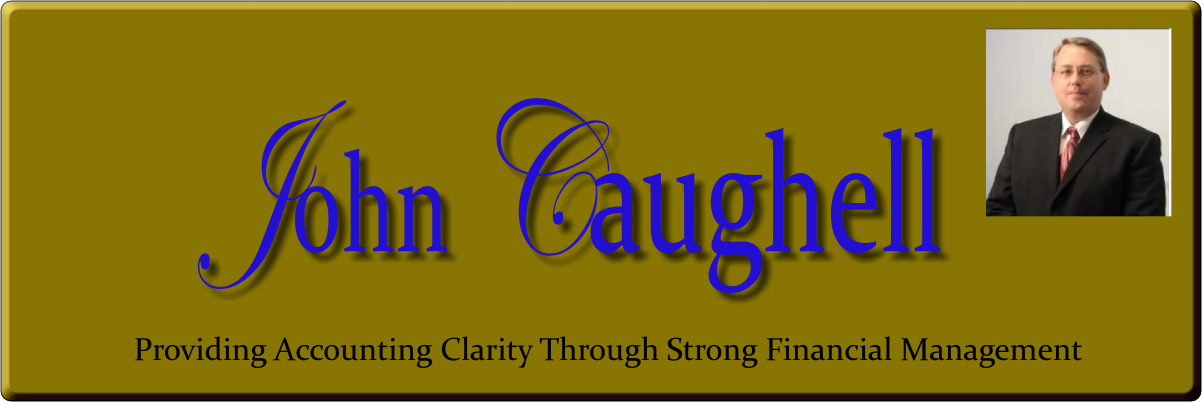We had an interesting one come up last week. A 100 unit condo Association passed the following in a resolution:
- Monthly payments of $200 per month
- Term of the assessment is for 10 years
- The assessment is transferred to the buyer at time of sale unless the buyer demands it to be paid in full at time of sale
This passed in February of 2016. The association waived the 2016 audit (not wise) and then contacted us for a 2017 audit. The dilemma? How should this transaction be recorded?
The board and management argued that it is a monthly, on-going assessment. But we are not so certain that is the correct way to handle it. As we dug deeper we discovered:
- Bank loan with a principal balance of about $1.8 Million dollars at 4.0% interest
- Monthly payments on the loan of $20,000
- Can pay any amount of principal after year 3 of the loan
We believed their assertion was incorrect and requested they capitalize the full receivable as a loan. Our reasoning?
- The present value of the payment stream could be calculated using the interest rate provided by the bank as the minimum interest charged
- The assessment was directly tied to the repayment of the bank loan
- The assessment was assumable but only if the buyer accepted it, otherwise it had to be paid in full at time of settlement
It is important because most state laws require disclosure of outstanding balances due from owners. There is a huge difference between stating that the amount in arrears on an assessment is $0 and there is a $20,000 special assessment balance outstanding. In some instances, the amount disclosed on the resale certificate is the maximum amount of liability that the buyer can assume at closing. Management disclosed the seller’s maximum amount due on the disclosure.
Finally, since the buyer could assume, but didn’t have to, all the available evidence indicated that it should be treated as a loan to the owners.
Now there is a 10 year receivable to record. There is interest to charge to the owner which splits their payment into two parts – principal and interest. And because they didn’t adjust it correctly for 2016, the Association’s cost for the financial statement is going to almost double to correct for the prior year.
All of this could be avoided by consulting with a CPA firm which specializes in association (CIRA) accounting and auditing. If you are a board that is looking at doing something that hadn’t been done before, it will be well worth the few hundred dollars you will be charged to get an idea of the complexity involved in accounting for the activity. Can your management handle this type of transaction? Will their software perform the calculations correctly? How will our reports change? All of this is as important as making sure you legally dot your “I’s” and cross your “T’s”. Otherwise, don’t be surprised when your auditor says, “No, sorry it can’t work that way.”
Ask your accountant or feel free to reach out to us. We are happy to assist you in any way we can as a little work up front can stop a landslide later.
At C.O.R.E. Services, we focus on being a strong independent check on management and their assertions. Which is why we enjoy working with Property Owner Associations. The boards are dedicated but typically outsource the management who record the transactions and prepare financial statements for the board to review. Our audits are designed to help the board and owners rely upon those statements. You can find more information about us on our website.

